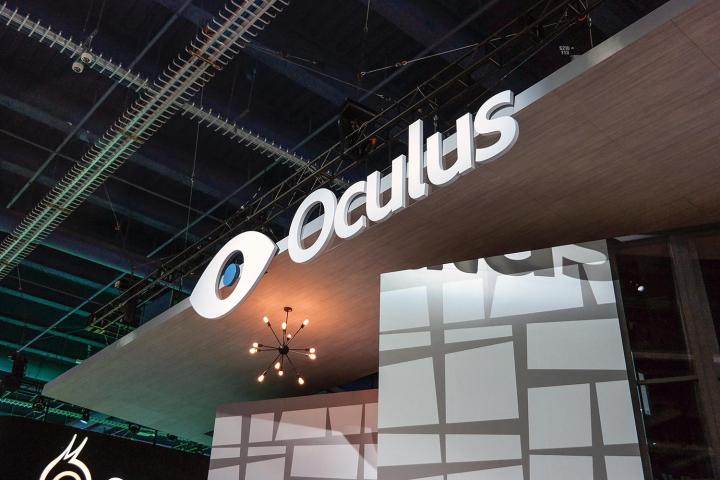
Turns out, the consumer Oculus won’t be any slouch, and will need some fairly decent hardware to bring its virtual worlds to life. According to the post, owners of the Rift will need to have at least a GTX 970 or AMD 290 graphics card to support its two 2,160 x 1,200 screens, which according to Steam stats could leave upwards of 90 percent of its user base out in the cold.
“Traditionally, PC 3D graphics has had soft real-time requirements, where maintaining 30-60 FPS has been adequate. VR turns graphics into more of a hard real-time problem, as each missed frame is visible,” said Chief Architect at Oculus Atman Binstock in a blog post.
“Continuously missing framerate is a jarring, uncomfortable experience. As a result, GPU headroom becomes critical in absorbing unexpected system or content performance potholes.”
Of course, this is great news for graphics cards vendors, who can expect hundreds of thousands of their top tier cards to go flying off shelves as consumers scramble to upgrade their rigs in anticipation of the Rift’s release.
Other required specs include an Intel Core i5-4590 processor or greater (no news on the AMD equivalent), 8GB of RAM, an HDMI 1.3 output, two USB 3.0 ports, and Windows 7 SP1 or above.
The hard release date for the consumer Rift is being kept close to the company’s chest, though the device is still reportedly on track to hit shelves sometime early in Q1 of 2016.
In other news, an upgrade to the Oculus SDK was released (version 0.6.0), which will give potential developers a greater range of controls over the both the headset itself and the software used to create fully immersive experiences.



